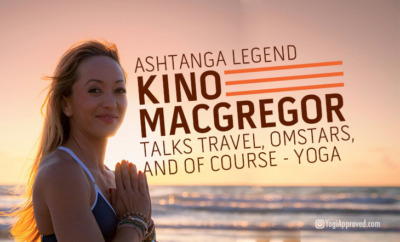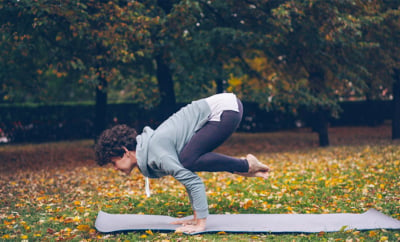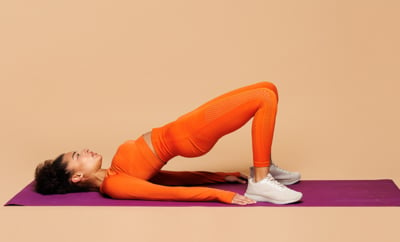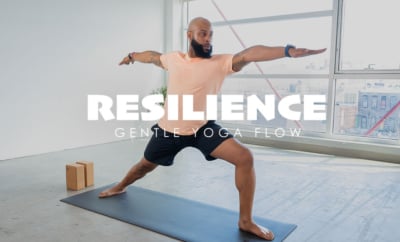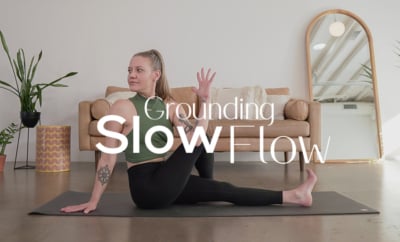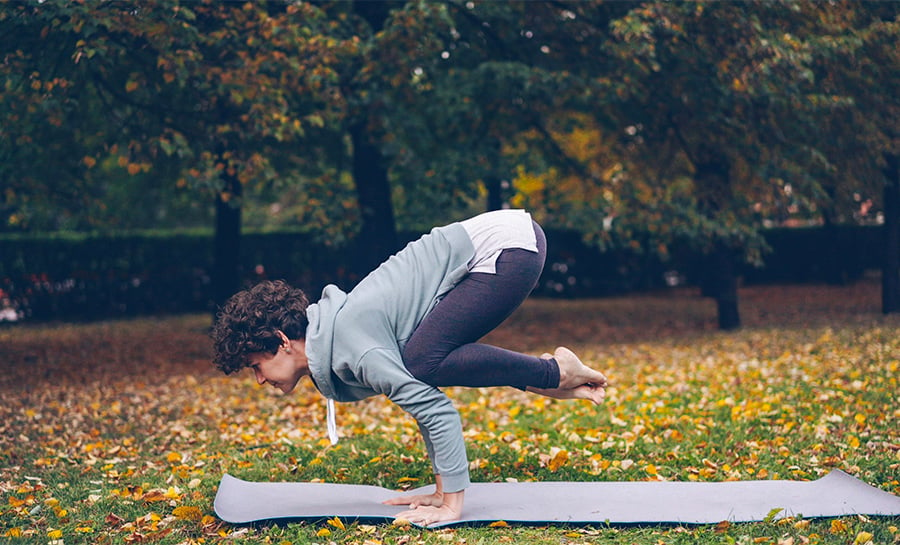“Am I an Intermediate or Advanced Yogi?” (Take the test)

intermediate or advanced yogi
Having trouble picking the right workshops or classes for your skill level… because you have no idea what your skill level is? Here’s a handy-dandy cheat sheet that you can stand up and try right now to better identify what type of classes will be a breeze – or a challenge – for you.
Two things to note:
First, yoga is not about “levels,” it’s not a competition to be the best, and this post is not meant to make you feel “bad” about what you can and cannot do. Think of it as a diagnostic practice. You are taking stock of what is good, and what you still could work on.
Two, the line between “intermediate” and “advanced” can be very fuzzy. In general, your skill level in yoga transcends the poses themselves and is mainly about your focus on the inside.
Here are two quick “guidelines” for what makes a yogi intermediate or advanced, but these are by no means strict definitions:
Intermediate: You can focus on a few instructions from your teacher, or a few components of a pose at once. For example, in wheel pose you are not just making the shape, you are actively focusing on bringing your pelvis up and relaxing your glutes and distributing the weight evenly on your wrists all at once.
Advanced: You can focus on many components of a pose at once, and combine skill sets even though your strengths and weaknesses may vary. For example, Dancer’s pose combines balancing and backbending. Advanced practitioners are able to focus on the small components of the pose from hand placement to knee-hip alignment, without losing focus on the overarching skills of flexibility, strength, or stability.
Ready to find out if you are intermediate or advanced?
The Hip-Opener Test:
Pigeon Pose vs. King Pigeon Pose

Pictured: Kino MacGregor & Kerri Verna
The Balancing Poses Test:
Extended Hand-to-Big-Toe Pose vs. Birds of Paradise

Pictured: Kino MacGregor
The Backbends Test:
Wheel Pose vs. Kapotasana

Pictured: MacKenzie Miller
Camel Pose vs. Standing Back Bend

Pictured: Kerri Verna & Kino MacGregor
The Arm Balances Test:
Crow Pose (bent arms) vs. Crane Pose (straight arms)

Pictured: Patrick Beach & Dylan Werner
Scale Pose vs. L-Sit

Pictured: Kino MacGregor
The Inversions Test:
Tripod Headstand vs. Palms-Up Headstand

Pictured: Kerri Verna & Kino MacGregor
Feathered Peacock Pose vs. Handstand

Pictured: Kino MacGregor & Dylan Werner
How did you match up? Remember that the main point is not to slap a label on yourself to feel better. The main point is that benchmarks are helpful for tracking your progress, and can be helpful for future reference when choosing online or studio classes, or picking a yoga retreat that’s right for you. Have any questions about the differences in these poses, or anything else about your yoga practice progress? Feel free to ask in the comments below!


This Month's Letter
From the Editor
Monthly motivation and food for
thought from our founder.

